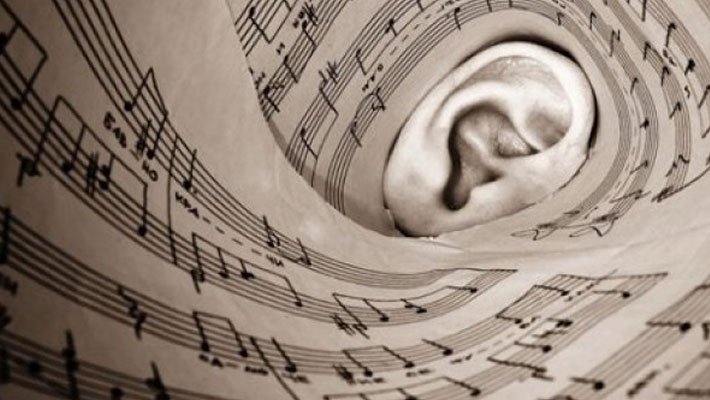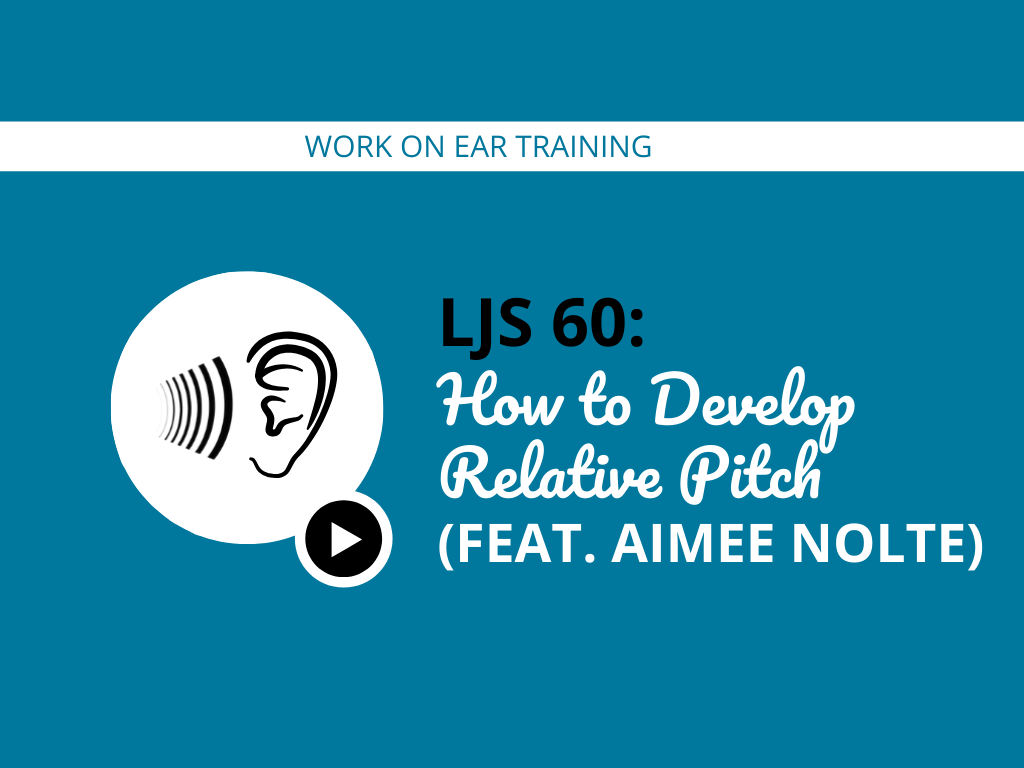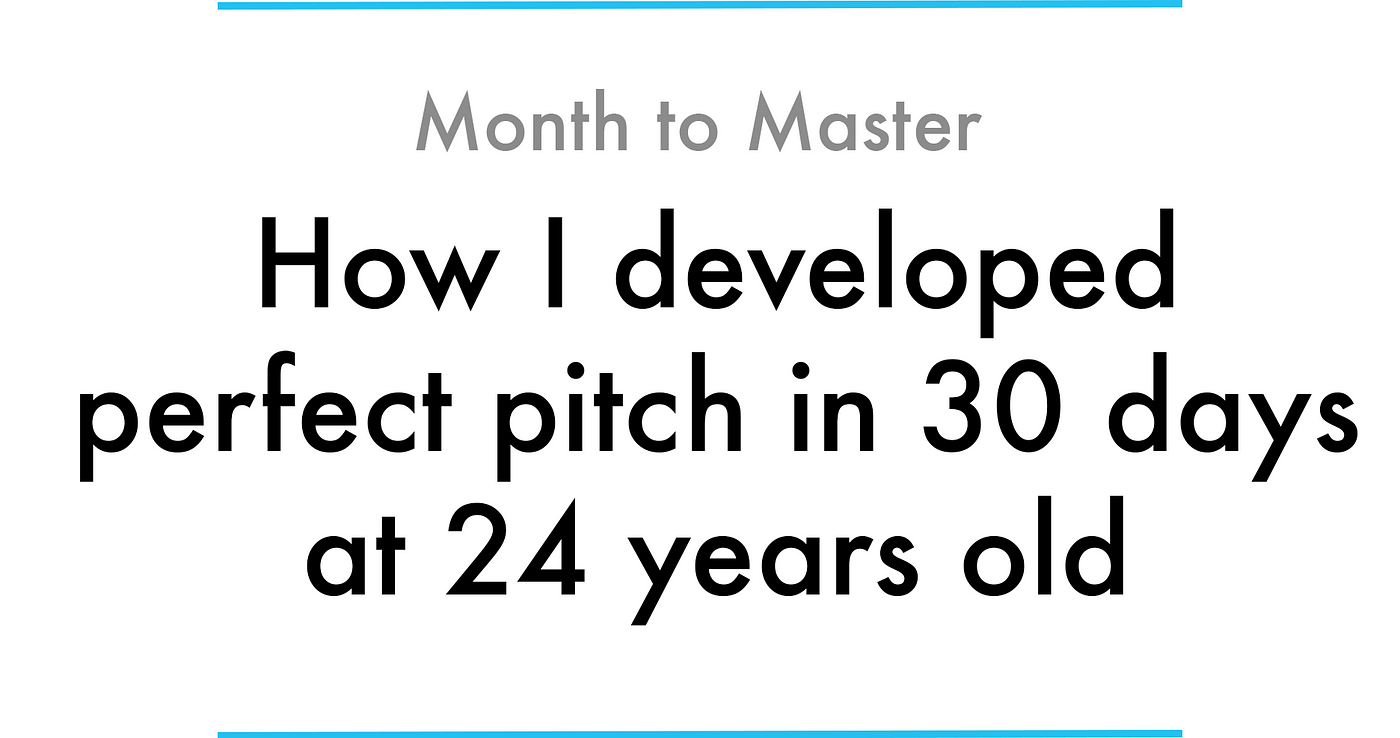Looking Good Info About How To Develop Relative Pitch

First, you need to start small.
How to develop relative pitch. How to develop relative pitch originally published on: Learn jazz standard by brent vaartstra welcome to episode 60 of the ljs podcast where today we have special guest jazz pianist. In this lesson, we begin a discussion ab.
You can develop relative pitch by listening to a song and playing along. You will integrate the intervals' recognition using the absolute pitch development approach, so the recognition will become immediate, reliable and very stable (all the intervals, no exception). The more confidence one has in one’s musical language, the more enjoyable their.
This means that you need to start differentiating not more than two intervals. How to develop relative pitch acquiring a knowledge of musical chords. How does that compare with a and bb?
Ideally, you should start with “close relatives” like minor 2nd and. If you train your ears right, you can hear practically anything in music, and you don't need perfect pitch to do it. I talked to my mentor the other day about some stuff that i am working on and he advises me to develop relative pitch.
One of the most effective ways i've found to develop relative pitch is by working with intervals. How to define a note by discovering your “perfect pitch jam.” how to take your perfect pitch jam and use intervals and scales to discover new. Relative pitch is the ability to identify the intervals between two or more notes, regardless of the absolute pitches of the notes.
The best way to start to learn relative pitch (not tuning, but just how the notes in a key fit together) is to try to play a piece by ear, say happy birthday. Once you understand that the. Play different intervals on piano and listen and compare.


















